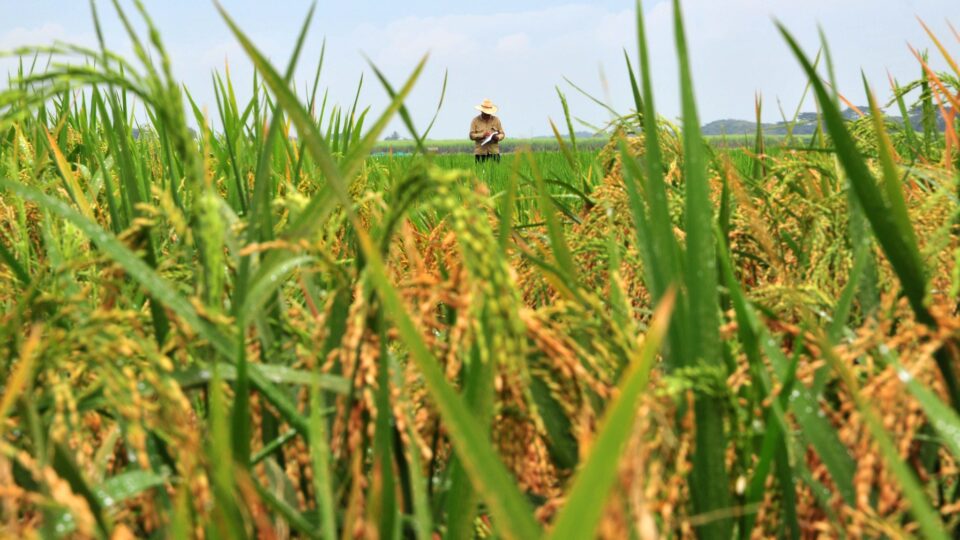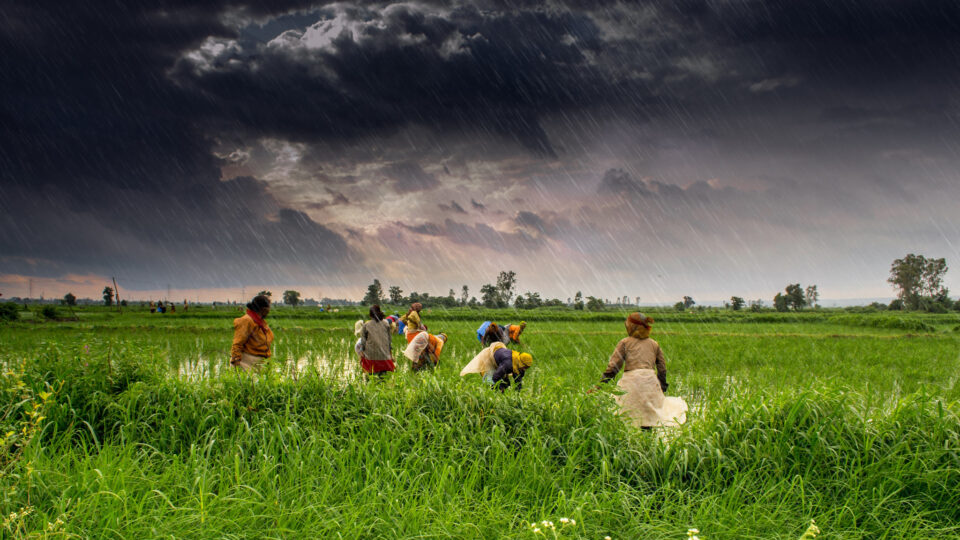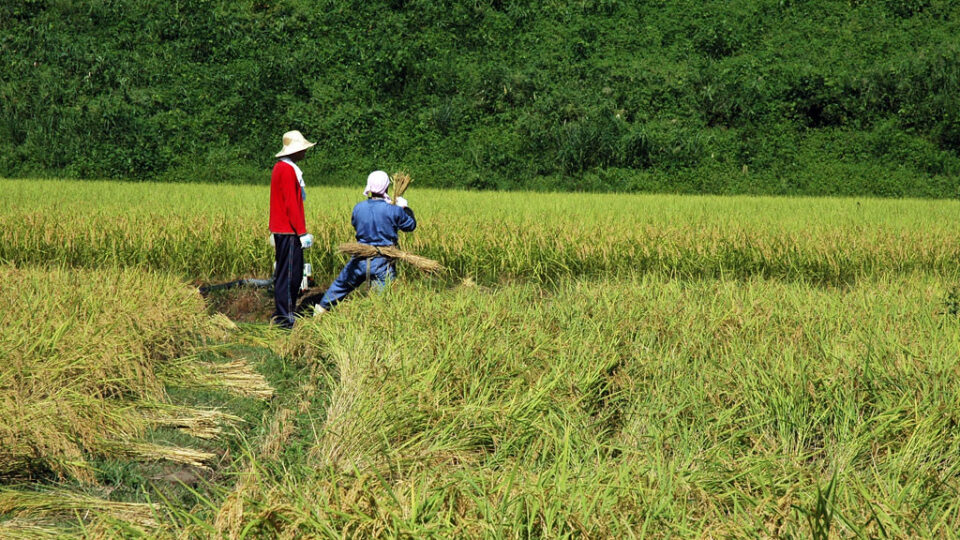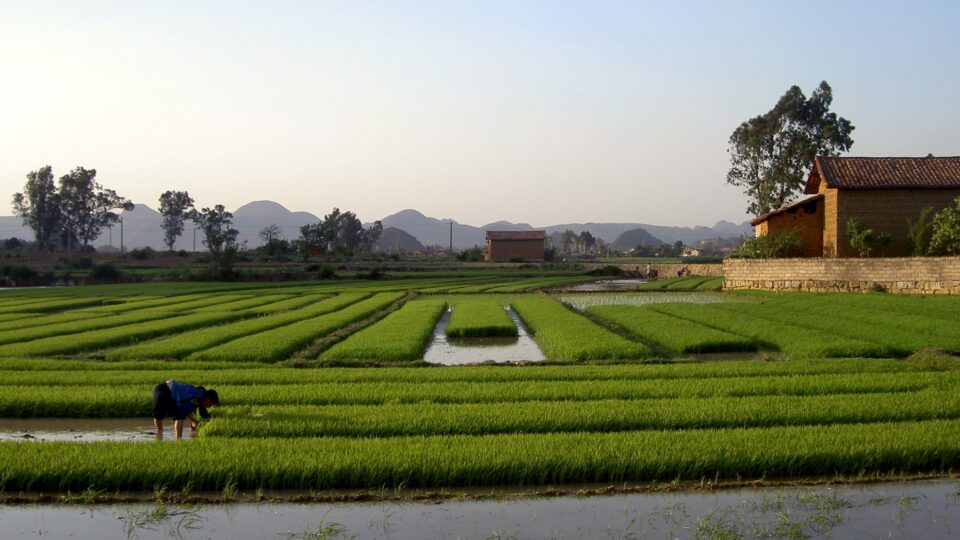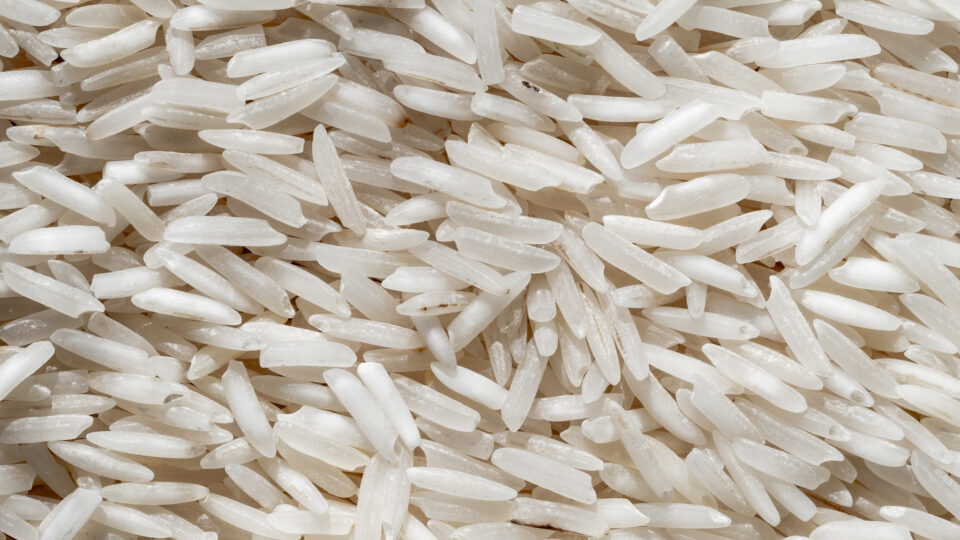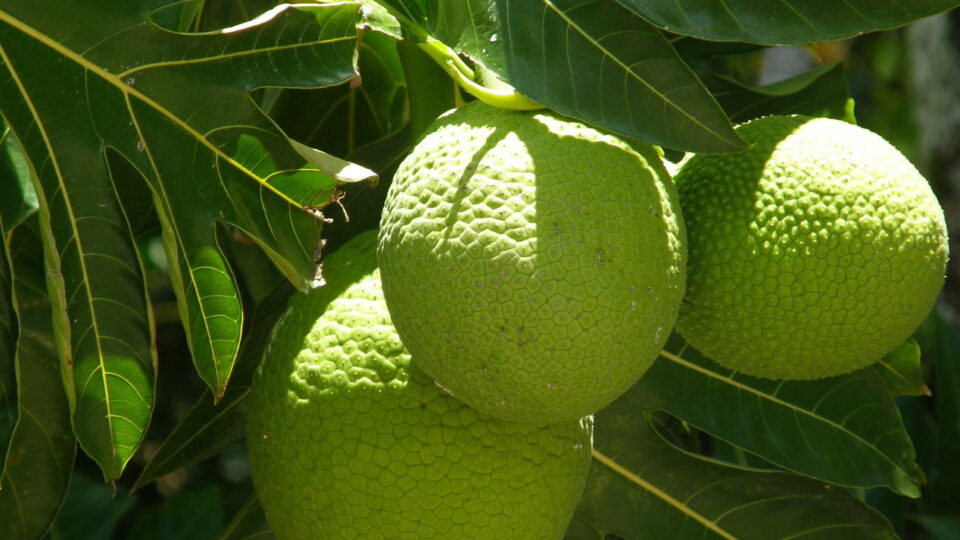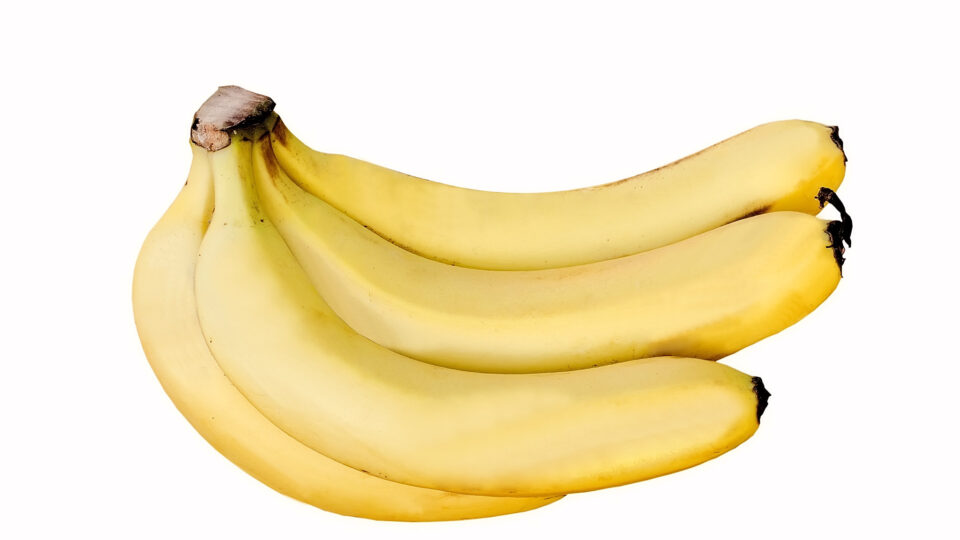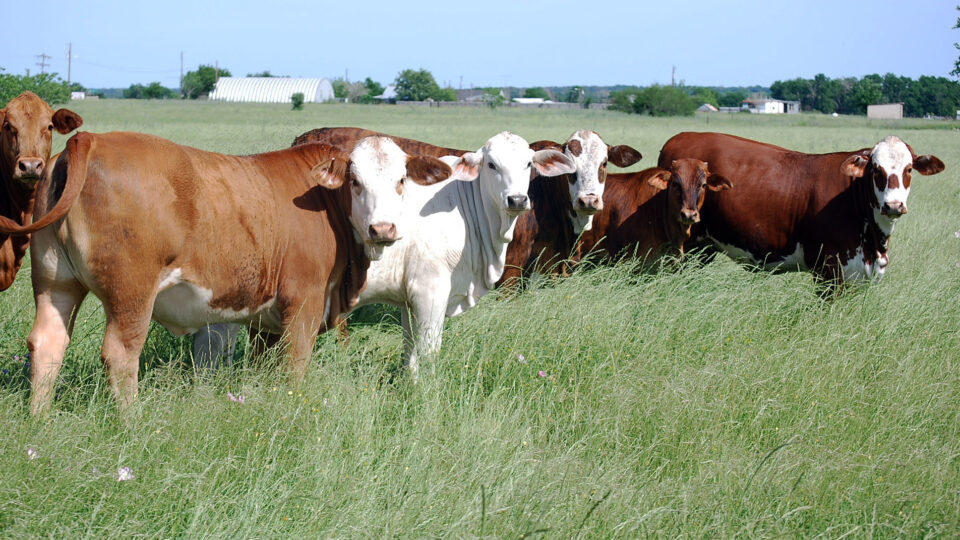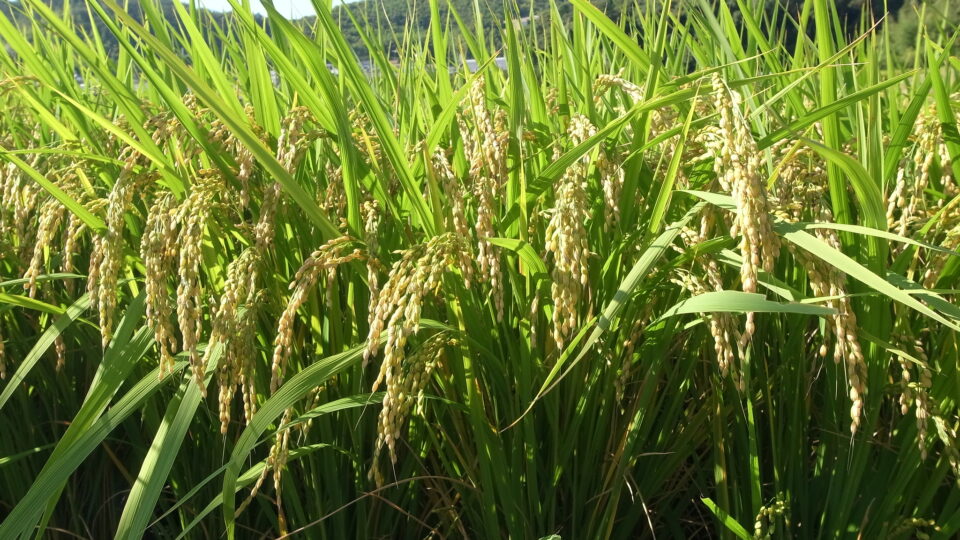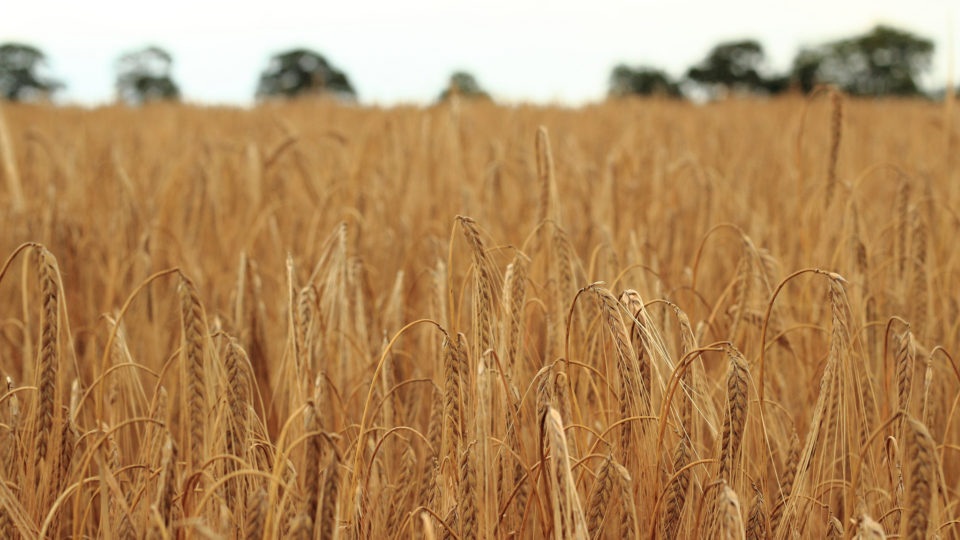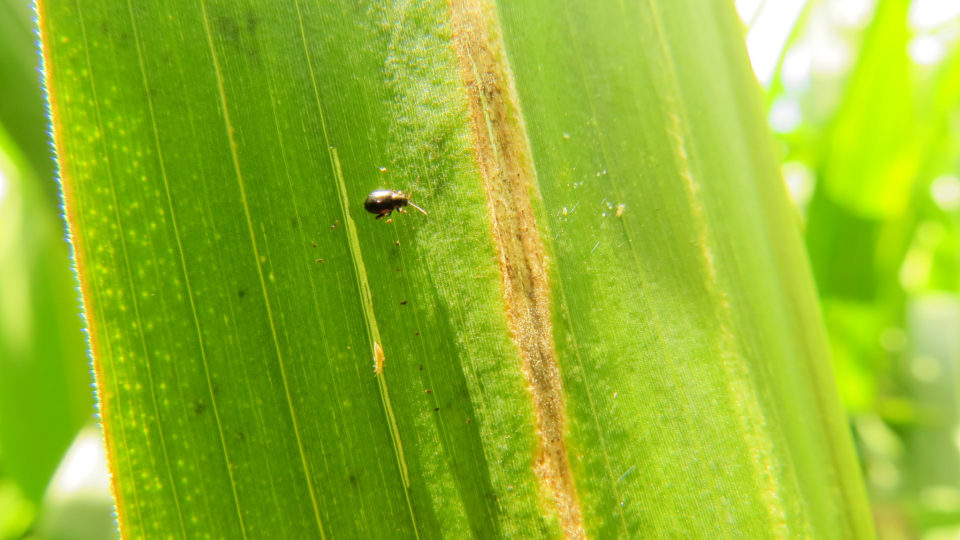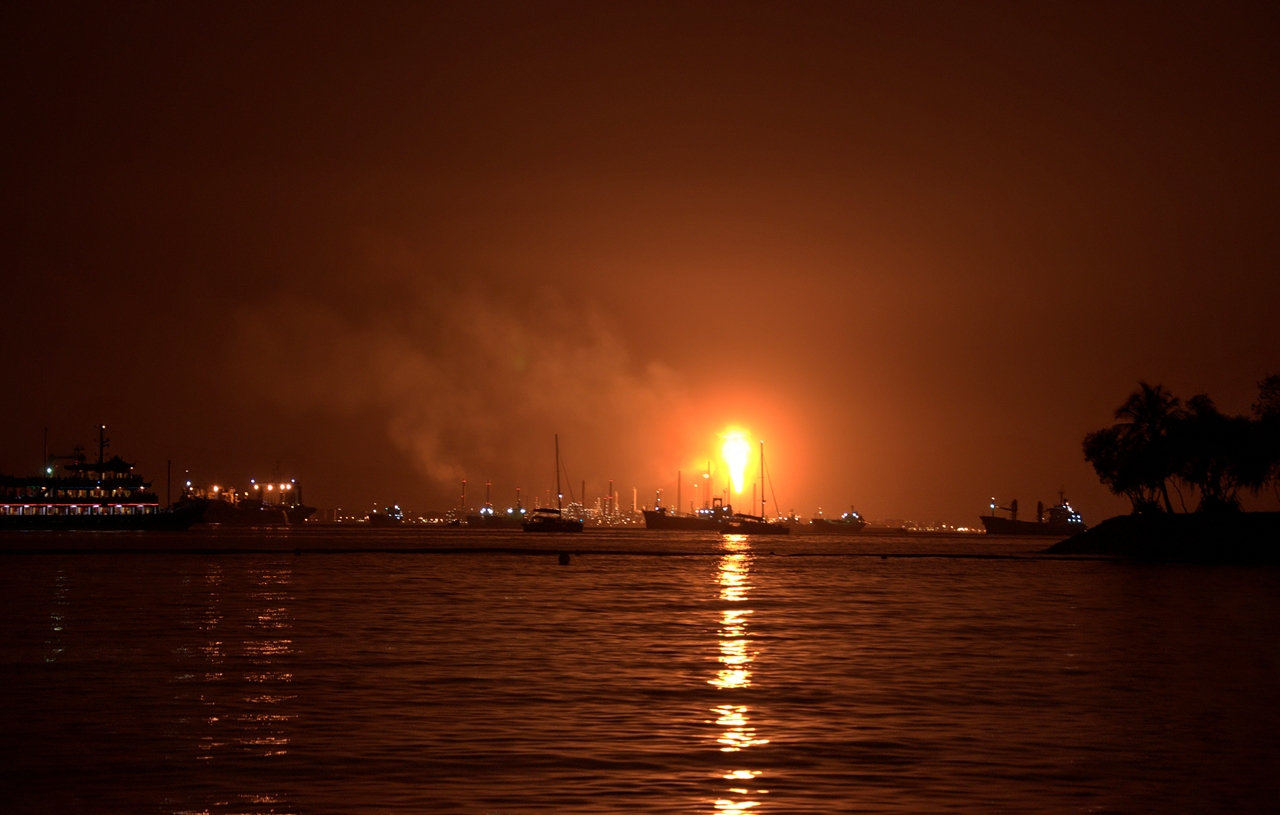There is growing interest in innovative and more environmentally friendly ways to provide protein in our diets. We’ve heard a great deal about lab-grown or cultured meats and about protein derived from insects. Whether either of these things achieves mainstream acceptance remains to be seen.
Scientists at Yonsei University in South Korea have developed a method for creating cultured beef rice – truly a hybrid food. The method, described in the journal Matter, results in a nutritious and flavorful food that could be more affordable and have a smaller carbon footprint than current protein sources.
The researchers took rice grains – which are porous and have organized structures – and seeded them with beef muscle and stem cells and allowed them to culture for 9 to 11 days. The harvested final product is a cell-cultured beef rice.
The hybrid beef rice was steamed and subjected to various food industry analyses, including nutritional value, odor, and texture. The hybrid rice has 8% more protein and 7% more fat than regular rice. It was somewhat firmer and more brittle than ordinary rice. Hybrid rice with higher muscle content had beef- and almond-related odor compounds, while those with higher fat content had compounds corresponding to cream, butter, and coconut oil.
The hybrid rice has low food safety risks and a relatively easy production process. If commercialized, the hybrid rice would be far less expensive than beef. The researchers are optimistic that it can be commercialized. They are continuing to work on the processing, hoping to further boost the nutritional value. Like other unconventional foods under development, the biggest question is ultimately whether people will want to eat it.
**********
Web Links
By growing animal cells in rice grains, scientists dish up hybrid food
Photo, posted January 26, 2010, courtesy of CIAT / Neil Palmer via Flickr.
Earth Wise is a production of WAMC Northeast Public Radio
